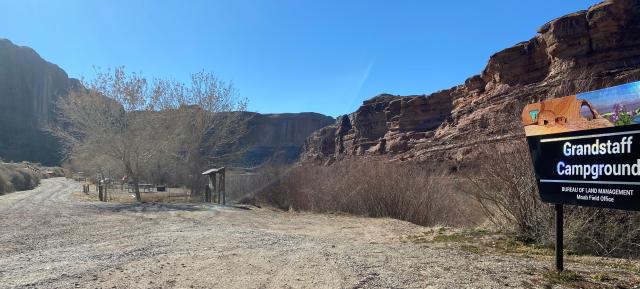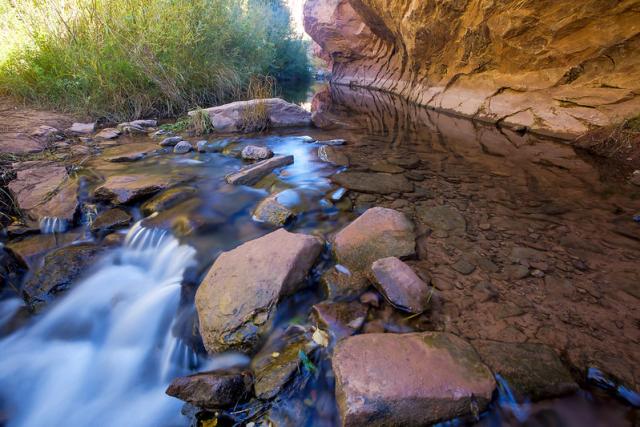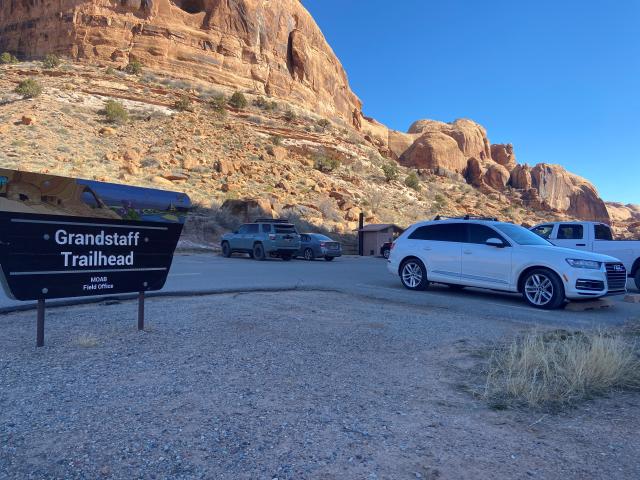Related Stories
- Remembering the cattle drive that defined ranching in southeastern Arizona
- Historic Umtanum Suspension Bridge wins international footbridge award
- Agua Fria National Monument: A desert oasis with a rich history and a vital present
- Building for birds: Scouts support public lands
- BLM dispersed camping rules enforced through local action and Tooele County partnership
Office
82 East Dogwood
Moab, UT 84532
United States
Phone:
Email:



